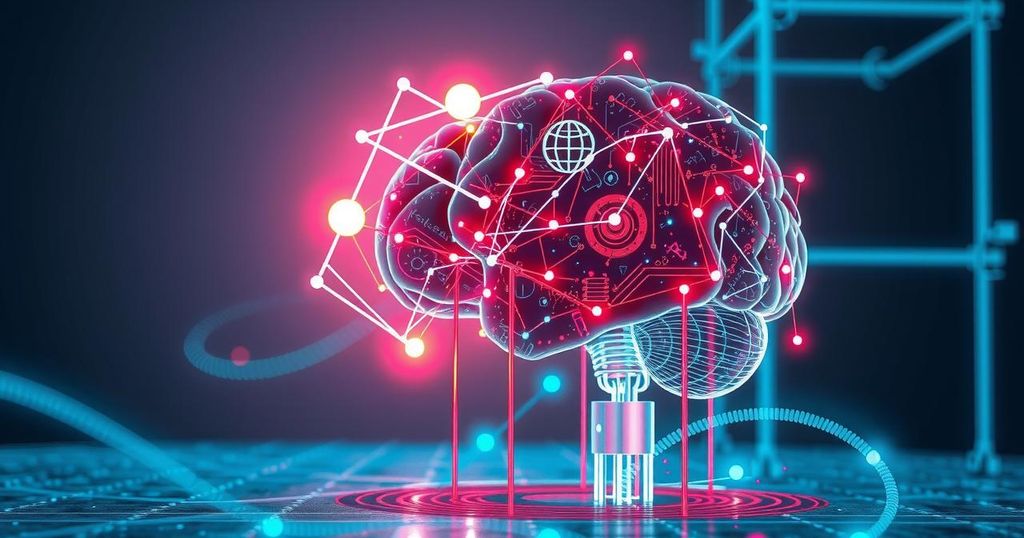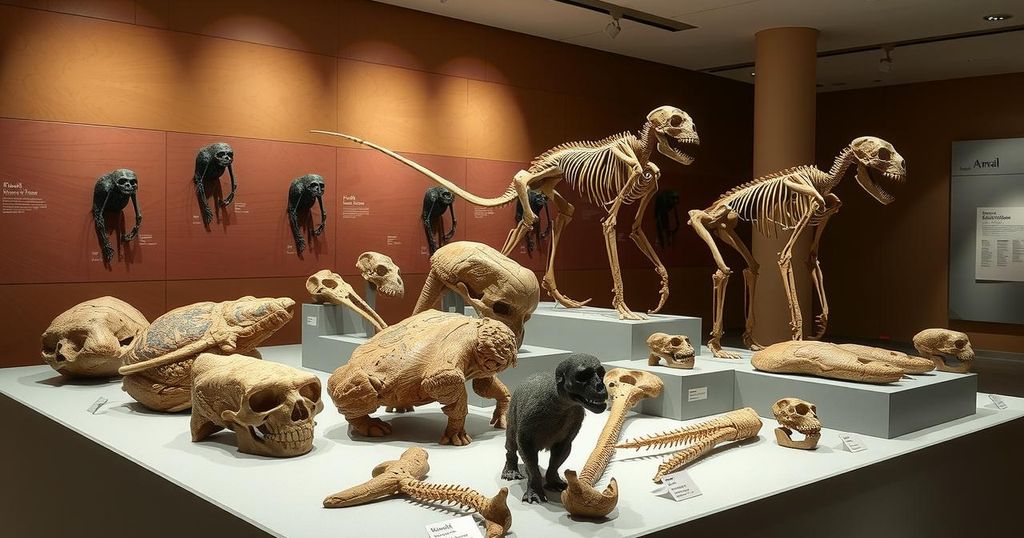OpenAI’s o3 Model Achieves Human-Level Performance on Intelligence Test
OpenAI’s o3 AI model has achieved human-level results on the ARC-AGI benchmark, scoring 85%, thus indicating progressed towards AGI. It outperforms previous models and showcases significant improvements in generalisation abilities. However, further research and testing are needed to fully understand its capabilities and implications for AI’s future.
A groundbreaking artificial intelligence model has reached equivalence with human performance on a general intelligence test. OpenAI’s o3 system, on December 20, achieved a remarkable 85% score on the ARC-AGI benchmark, surpassing the previous AI record of 55%. This feat, including strong performance in challenging mathematics, signals a significant milestone towards creating artificial general intelligence (AGI), sparking excitement and debate among AI researchers regarding the future of AGI development.
The ARC-AGI benchmark is centered around measuring an AI system’s sample efficiency, which refers to its ability to adjust to new problems with minimal examples. Unlike traditional models that rely heavily on extensive training data, o3 appears to derive general rules from very few instances. Generalisation and adaptability are crucial markers of intelligence, and they serve as the foundation for advancement towards AGI. Understanding how the o3 model achieves its results can provide insights into its potential.
The achievement of OpenAI’s o3 model prompts critical inquiry into the nature of AGI and the capabilities of AI systems. While it demonstrates a leap in generalisation capabilities, further exploration and testing are crucial in determining if this results in practical applications that replicate human adaptability. Until its full potential is unveiled, the implications of this development will spark ongoing discussions about the future landscape of AI and its governance.
Original Source: www.psypost.org




Post Comment